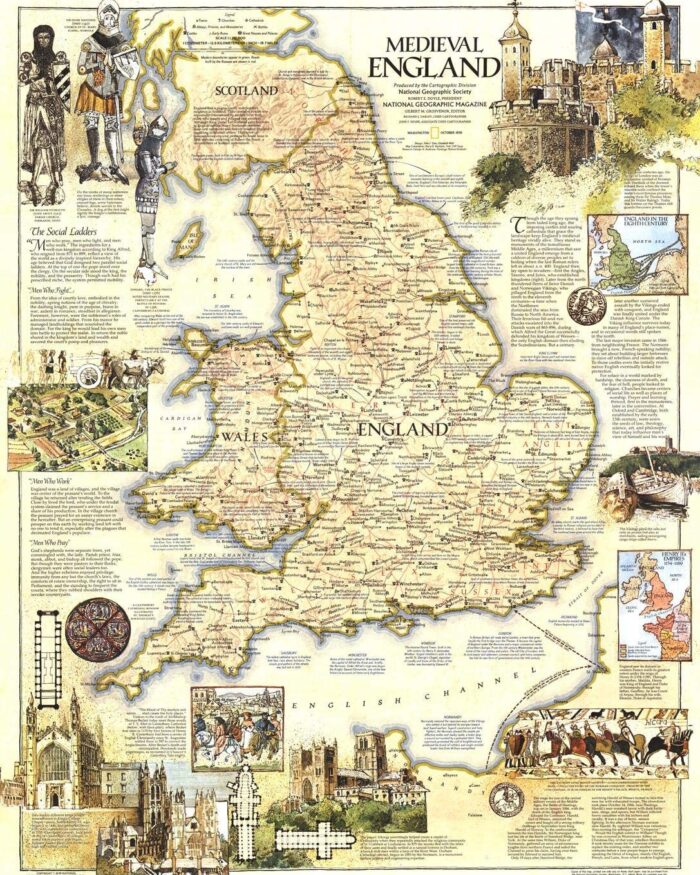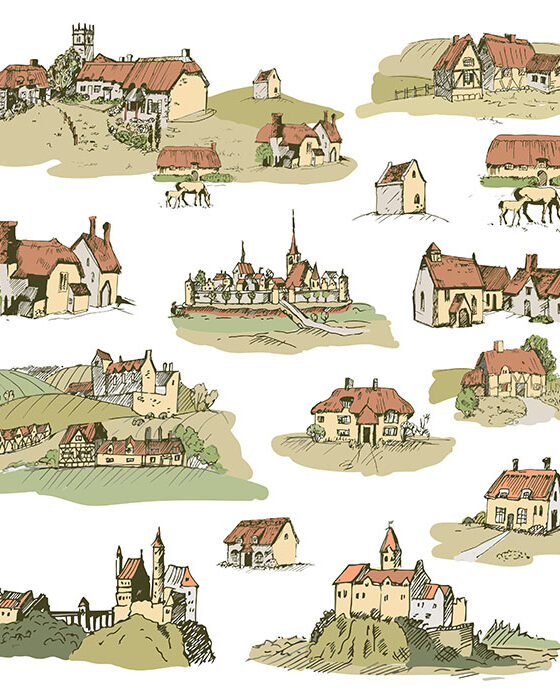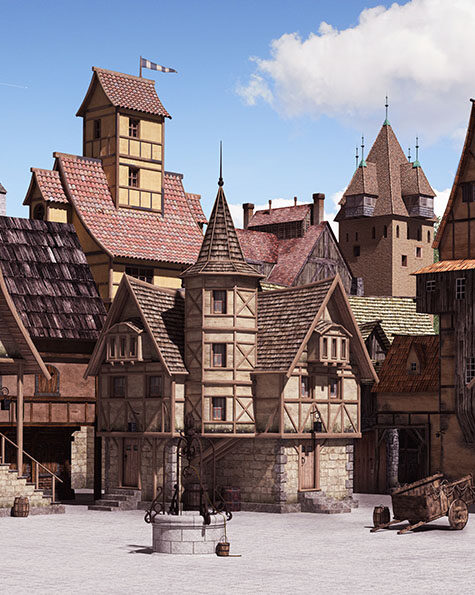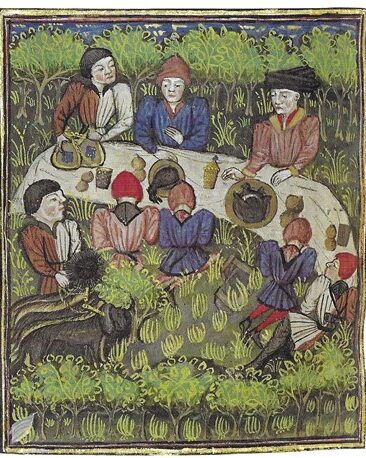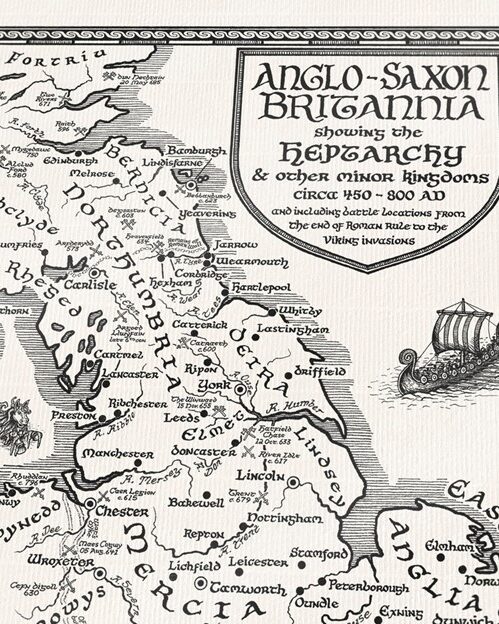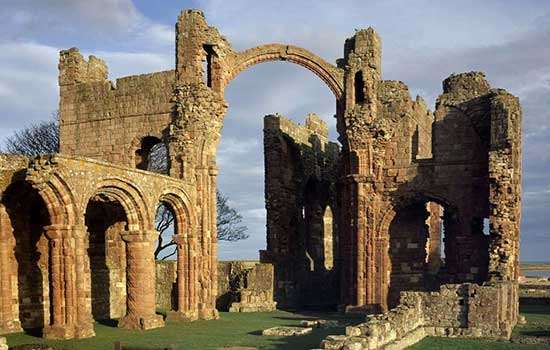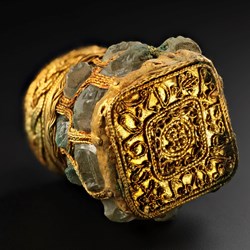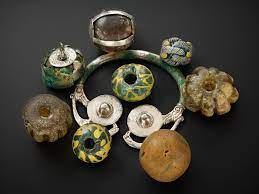Brunhild and Fredegund: Sister Queens of the North
Brunhilda, birth 543/queen consort of Austrasia, part of Frankia, by marriage to the Merovingian king Sigebert I of Austrasia, and regent for her son, grandson, and great-grandson/death 613 at age 70
House: Visigoth/Father, Athanagild /Mother, Goiswintha
Children: Ingund, Chlodosinda, and Childebert II
Fredegund, Latin: Fredegundis; French: Frédégonde, birth 550/queen consort of Neustria, part of Frankia, by marriage to the Merovingian King Chilperic of Soissons/death 597 at age 47 in Paris
Children: Chlothar II, Rigunth, Chlodebert, Dagobert, Samson, Theuderich
Before we continue our travels through Medieval England, let’s take a short side trip across the channel to Frankia, circa 567. Princess Brunhilda from Spain has just arrived in Austrasia to marry King Sigebert. The kingdom of Austrasia was centered along the Rhine River with the coastal lowlands of the North Sea at its northernmost tip and Basel its southernmost point in the foothills of the Jura Mountains.
Meanwhile, across the border in the neighboring kingdom of Neustria, Sigebert’s youngest brother King Chilperic prepared to marry his favorite slave, Fredegund, after his second wife Galswintha was found dead in her bed, strangled in her sleep. Neustria was then a Frankish kingdom located southwest of Austrasia and north of present-day France.
During their lifetimes, these two women boldly seized power, convinced warriors and landowners to support them, and outwitted their enemies like few rulers in history. “But as with so many women before them, history blotted out their successes and their biographies.” It’s a sad truth that like it or not, history during this age was, for the most part, written by men, and in most cases by men who were priests or monks who lacked an appreciation for unsentimental hard as nails women. As a result, some of the most ruthless, clever, and grasping heroines of medieval time are either overlooked or rendered as sluts or vengeful bitches or whatever disparaging image history-writers could conjure at that time. So, let us give Brunhild and Fredegund their due!
Historians believe that in her late teens, Fredegund was sold as a slave to Audovera, the first wife of King Chilperic. Shortly thereafter, the king sent his wife into a convent, keeping Fredegund at court. He then married Princess Galswintha who she was reportedly strangled in her sleep. Chilperic then made Fredegund his third wife. Fredegund, transitioned from slave-girl to Queen of Neustria in the span of around a year and a half. This is a feat in itself, but her triumphs did not end there.
Enter Brunhilda, the sister of strangled Galswintha. Brunhilda was married to King Chilperic’s brother Sigebert who also held land in Frankia. At this time, Frankish politics was ruthless, and alliances were forged and broken continually. Although brothers, King Sigebert and King Chiliperic fought for power until Fredegund took matters into her own hands. She sent two slaves to murder Sigebert. Smearing their knives with wolfsbane and/or snake venom, they successfully entered Sigebert’s camp, chatted up the bodyguards, and made their way to the king and stabbed him to death. This left Brunhilda with one less sister and minus her only husband.
As if that wasn’t enough, Fredegund had her troops capture Brunhilda, destroy Sigebert’s cities, and executed Sigebert’s top government official by systematically dismembering him joint-by-joint with white-hot pokers and knives.
King Chilperic and Queen Fredegund then took over Paris and the queen became the one of the king’s most trusted advisors. Somehow, Brunhilda broke free from prison and returned to Austrasia, successfully ruling there and in Burgundy with her son while Fredegund ruled Neustria after her husband’s assassination. Queen Fredegund continued to gain power by killing the children of Chilperic’s first wife and executing anyone who voiced dissent. Her personal favorite method of execution was to hire a band of men armed with heavily poisoned Swedish eating utensils known as scramsaxes to fall upon her target in the woods and, well, fork them to death.
When he was old enough to rule, Fredegund had her son take over as king. She died peacefully in her bed in Paris in 597 AD after ruling for 40 years, killed everyone who opposed her, and lived for revenge in a way most action movie heroes could only dream about. The only person who had successfully eluded her wrath was that annoying do-gooder Brunhilde, but Fredegund’s son eventually settled that once and for all as well–he captured the 60-year-old queen, put her on the rack for three days, then had her drawn and quartered by horses. His mom would have been proud. The empires shared by Queen Brunhild and Queen Fredegund encompassed modern-day France, Belgium, the Netherlands, Luxembourg, western and southern Germany, and parts of Switzerland. Both ruled longer than every king who had preceded them with Fredegund serving as regent, then queen for 29 years, and Brunhild regent and queen for seventeen.
Brunhild’s grave has no marker, whereas Fredegund’s tomb is on display at the Basilica of Saint-Denis in Paris where forty-two kings, thirty-two queens, and sixty-three princes and princesses lie in peace. She may have received more acknowledgement after death because her oldest son Clothard II triumphed over Brunhilda in 613. With Brunhild now a sixty-something woman, Clothard had her tortured on the rack, each of her extremities was tied to a different horse, and they were all set to run in different directions, tearing her apart. Lastly, they burnt her body.

